Being Whole
In all my humanity, I am who we need. How I approach other people acknowledges their value and wholeness

Unbundling systems to build new forms of spiritual support
Unbundling systems means deconstructing preconceived notions, practices and hierarchies in order to find better spiritual designs for everyone. Springtide Research Institute's data provides insight into the impact of spirituality and faith in Gen Z's wellbeing and thriving.
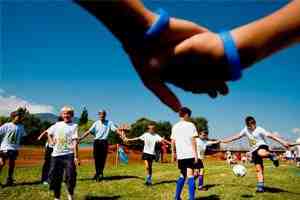
Yes-And... mentality
We consider it crucial to develop this mentality when it comes to the intersection of changemaking and faith (or spirituality) because of the potential for growth that is unleashed when we acknowledge that everyone is a changemaker, and we are open to listen and collaborate together, across diversity.
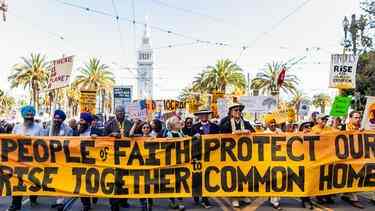
Doing what makes you come alive: inner work toward outer action
Ashoka Fellow Molly Burhans aligned her intuition, calling, and skills to create the organization GoodLands, through which she and her team are building the first large-scale maps of the Catholic Church’s global landholdings using GIS (Geographic Information Systems) mapping.
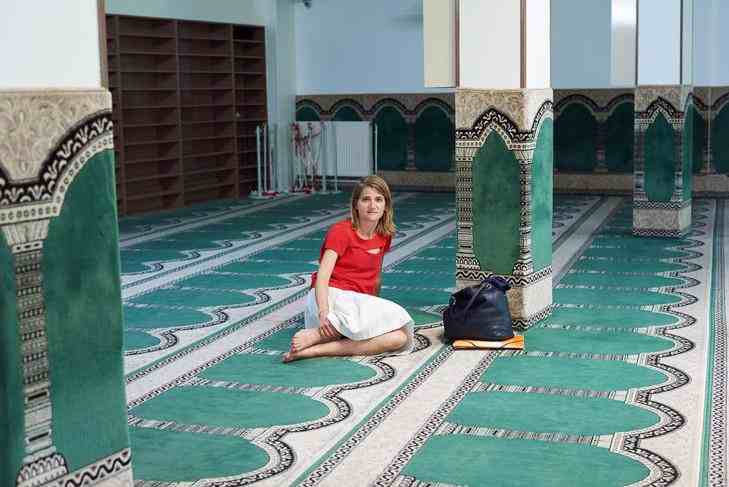
Addressing the pain
As changemakers rooted in empathy, religious trauma and hurt (and their social dynamics) are central things to consider when we bring our spiritual beliefs into our way of effecting change.
Power in Everyone
We need everyone. Distributed leadership and inclusive spaces unleash agency, self-definition of identity, and well-being for all people.
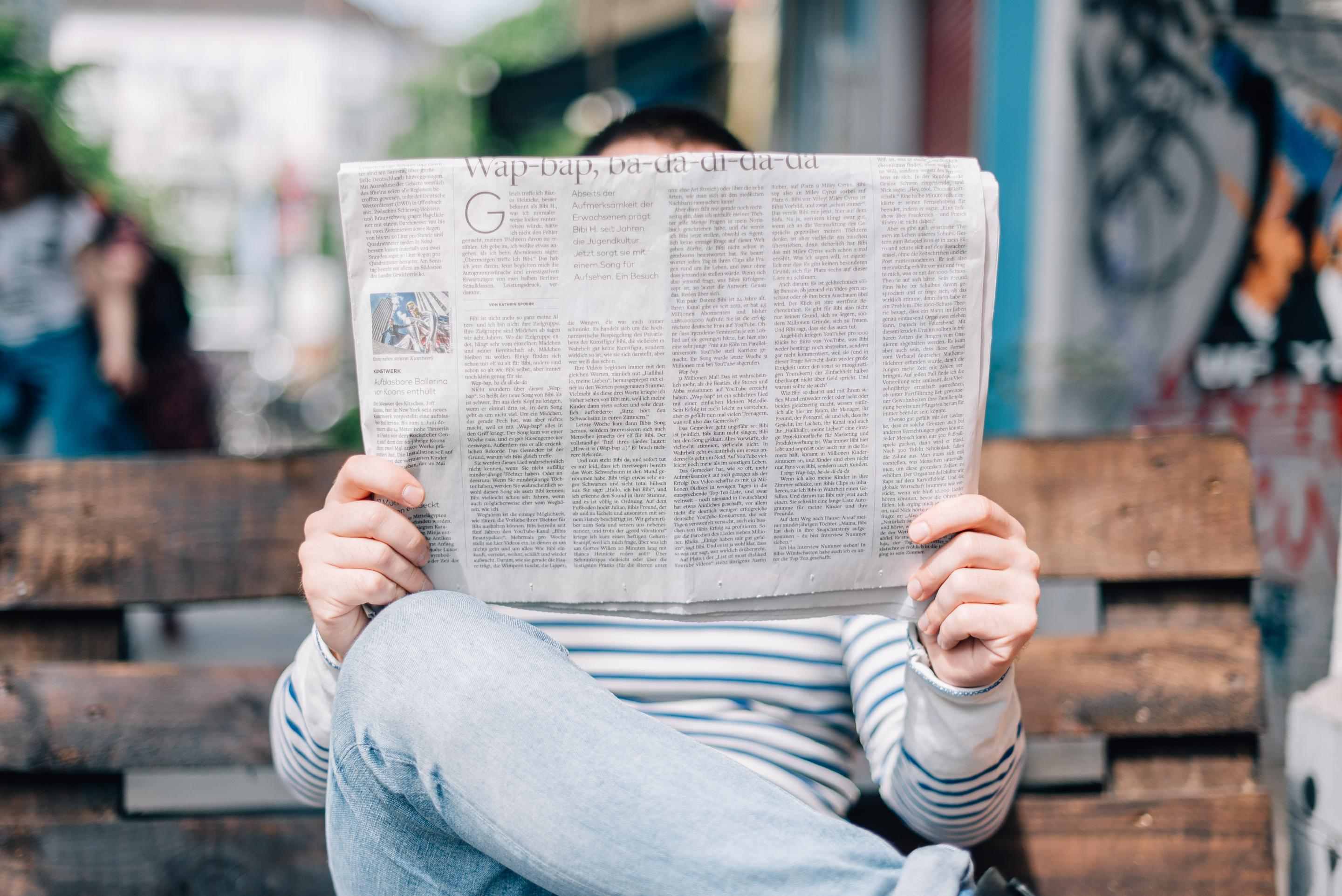
Shifting roles to spread power
This article invites us to reflect on the changes of attitudes and structures that are required to recognize the power of every person as an agent of change (Everyone a Changemaker).
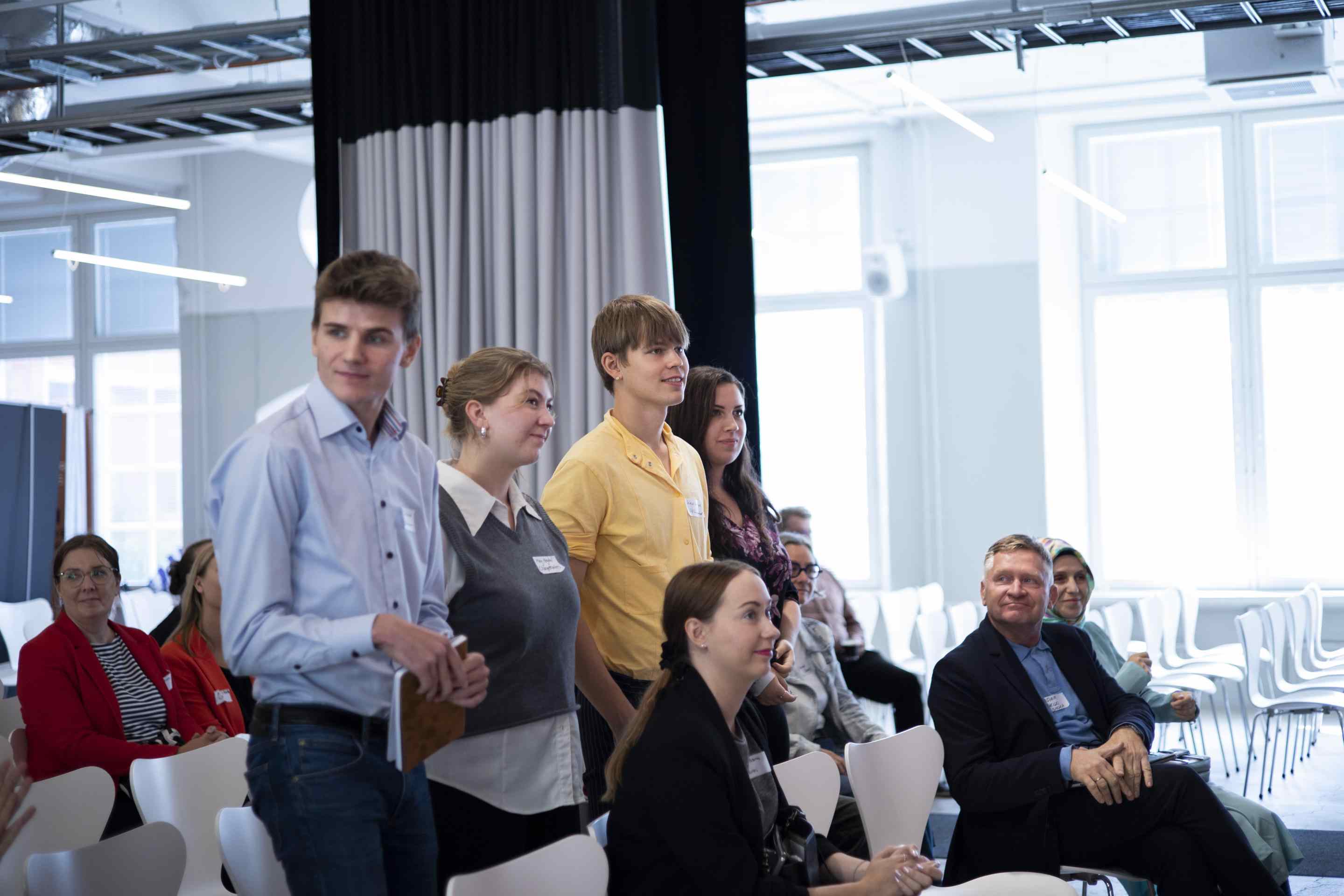
Young people leading
Daniel is a great example of a teenager who sees faith (in this example, Christianity) as a powerful common foundation to bring his friends from around the world together, online.

Focus on creating systems of equity
“Everyone a Changemaker” means that we are building a world where everyone has the capacity and opportunity to contribute and to create positive change.
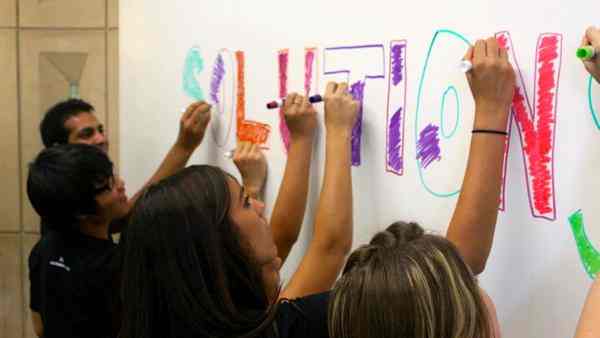
People driving their own solutions
Through GirlTrek, Ashoka Fellow T. Morgan Dixon has created a movement anchored in the spiritual, historical, and physical power of every Black woman.
Fluid Mindset
Constant change means making room for emergence. More bridges and fewer walls make space for regenerative flows of resources, ideas, and solutions.
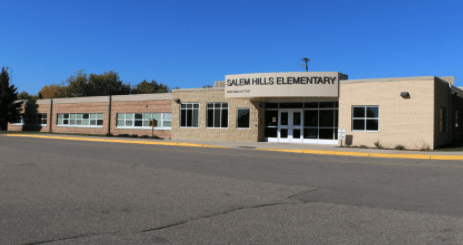
No more walls
No more walls is a metaphor for all structures and beliefs that limit our connection with each other. When we think outside the box or step beyond the boundaries of existing structures, we are able to imagine new options, include different perspectives and connect deeply with one another.

Creatively connecting assets and faith
This article takes us on a journey through different cities in the United States where Sikh Gurdwaras were able to effectively reach a portion of the population that was facing food uncertainty during the coronavirus lockdown.
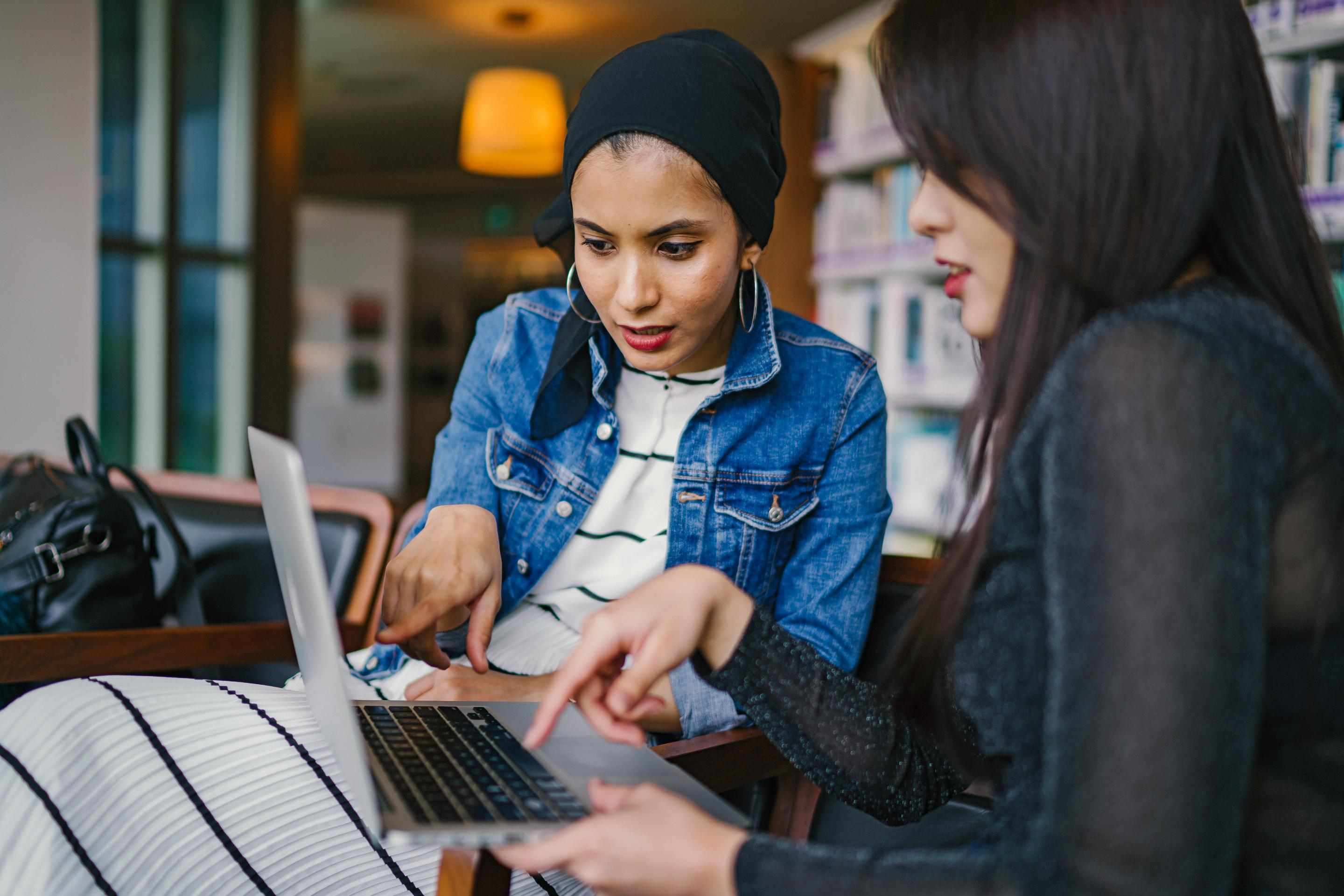
Community Everywhere
In an age defined by constant change, physical and virtual spaces provide unique opportunities to connect with likeminded and diverse people from around the world.
Knowing your neighbor to love your neighbor
As migration and global citizenship increase our possibilities to learn from people with different cultural backgrounds, we as changemakers benefit from keeping an attitude of openness to knowing how the other sees the world. ’
Trust & Co-creation
Change moves at the speed of relationships. Spirituality and faith can be binding for trust to accelerate positive change in a deeply diverse ecosystem.
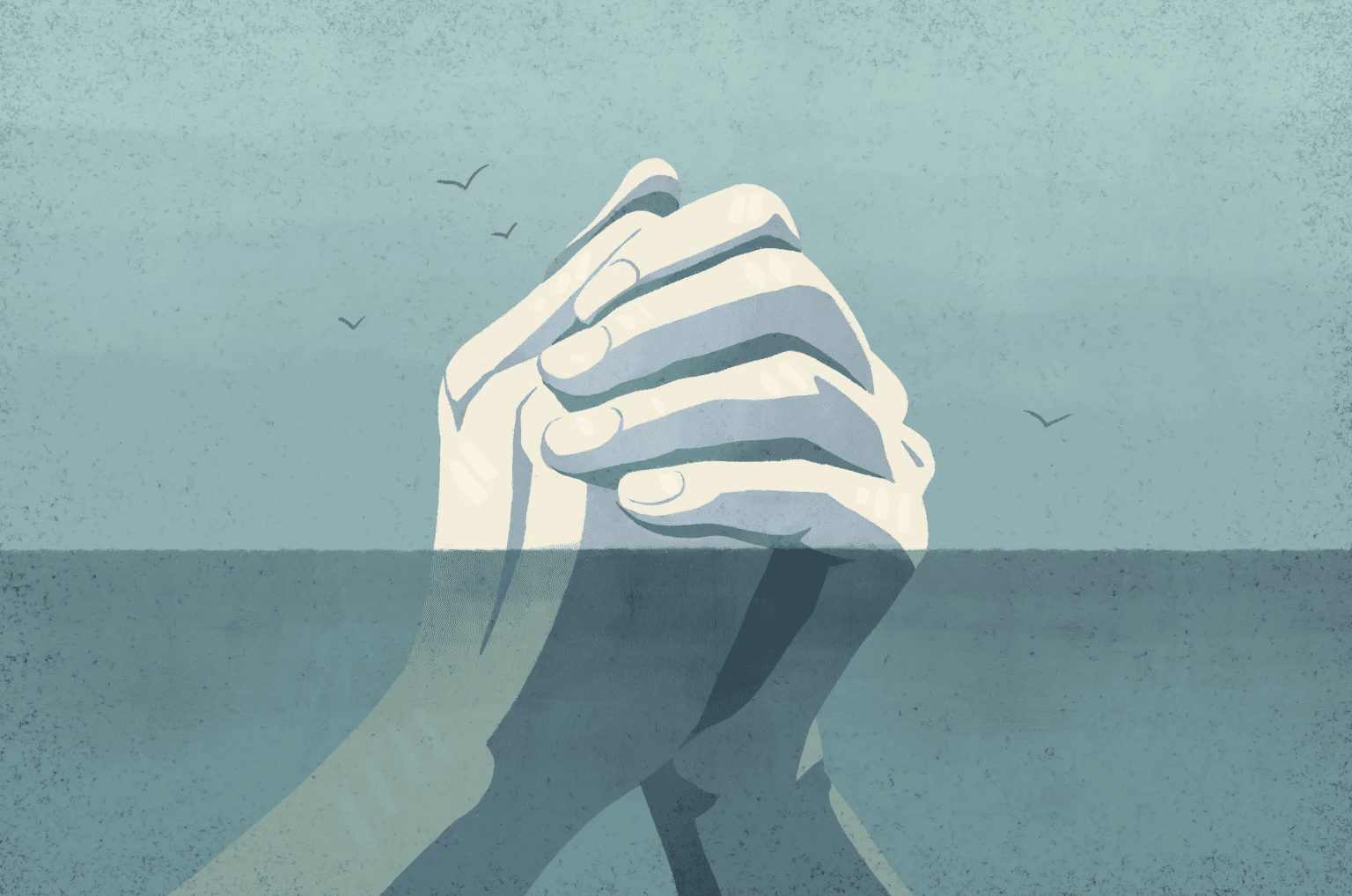
Collaborating across difference for common purpose
The key to multi-cultural collaboration is the agreement on the common goal. As interfaith and multi-spiritual networks organize, enormous potential can be unlocked to mobilize spiritual communities for the most pressing needs of our time.
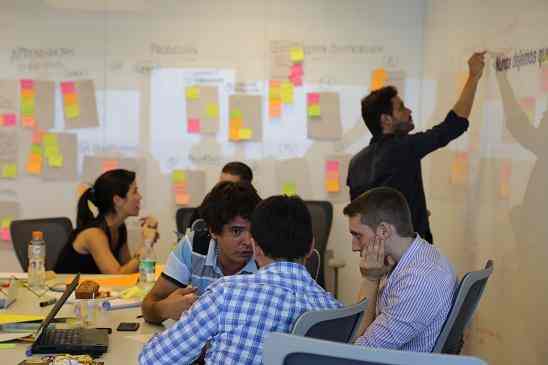
Diverse inputs make better solutions
Around the world, displaced and homeless populations are part of street communities with unique ways of organizing and caring for one another. Amy Cantrell's work is based on relationships, both with people in power and with the homeless people around town.